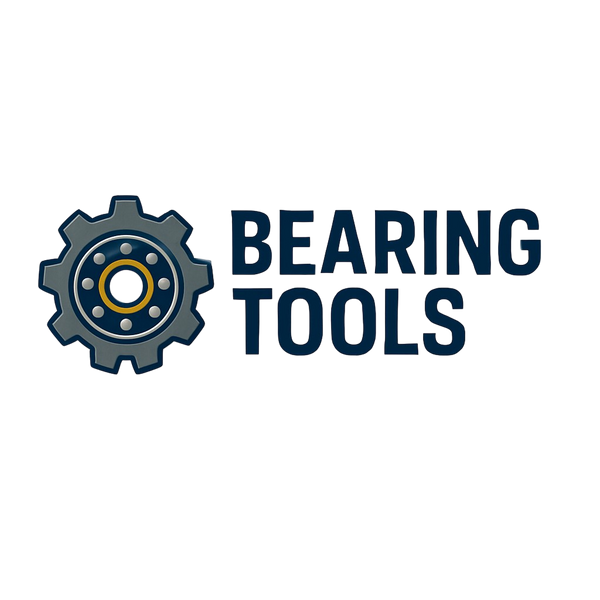
Complete Guide to Ball Bearing Accessories
Share
Ball bearings are essential components in countless industrial and mechanical applications, ensuring smooth motion, reduced friction, and improved efficiency. However, the performance and lifespan of ball bearings are not determined by the bearing alone—accessories play a critical role in maximizing durability, functionality, and reliability.
In this guide, we will explore the most common ball bearing accessories, their functions, and why they are indispensable in modern mechanical systems.
1. Bearing Housings
Bearing housings (also known as bearing units or pillow blocks) are protective casings that support and position the bearing. They are designed to:
- Ensure precise alignment of the bearing.
- Protect against contamination and external damage.
- Simplify maintenance and replacement.
Housings are typically made from cast iron, pressed steel, or thermoplastic materials, depending on the operating environment.
2. Seals and Shields
Seals and shields protect the internal elements of a bearing by preventing the ingress of dust, dirt, and moisture. They also retain lubricants inside the bearing.
- Shields: Provide protection against larger contaminants while allowing low-friction operation.
- Seals: Offer tighter protection, ideal for harsh environments or applications with exposure to fluids.
Choosing between seals and shields depends on the balance between protection and speed requirements.
3. Locking Devices
Locking devices are used to secure the bearing onto a shaft. Common types include:
- Set screw locking – suitable for general applications.
- Eccentric locking collars – simple installation, ideal for light loads.
- Adapter sleeves – allow precise positioning and are widely used in heavy-duty machinery.
Correct locking ensures stable operation, reduces slippage, and minimizes wear.
4. Lubrication Systems and Grease Nipples
Lubrication is essential for reducing friction and extending the bearing’s service life. Accessories such as grease nipples, lubrication holes, or automatic lubrication units help ensure consistent lubrication.
- Manual lubrication – grease is applied at regular intervals.
- Automatic lubrication systems – deliver the right amount of lubricant continuously, reducing downtime.
5. End Covers
End covers are used to protect exposed bearing housings and rotating elements. They help prevent accidents, improve workplace safety, and protect bearings from environmental contaminants.
6. Temperature and Vibration Sensors
Modern machinery often integrates condition monitoring systems. Sensors detect abnormal temperatures, vibrations, or loads, providing early warning of bearing failures. This predictive maintenance approach helps avoid costly downtime.
7. Mounting and Dismounting Tools
Installing or removing bearings without proper tools can damage both the bearing and the shaft. Accessories such as pullers, induction heaters, and mounting sleeves ensure:
- Correct installation pressure.
- Safe and efficient removal.
- Longer bearing lifespan.
8. Spacer Rings and Washers
Spacer rings and washers are used to adjust bearing positioning or preload. They ensure the correct clearance and alignment, which is crucial for high-precision applications such as machine tools and robotics.
Why Bearing Accessories Matter
While bearings are designed to last, their actual performance is highly dependent on the surrounding components. Accessories:
- Increase service life.
- Reduce downtime and maintenance costs.
- Improve safety and reliability.
- Optimize overall system performance.
Conclusion
A ball bearing without its accessories is like an engine without oil—it may work, but not for long. From housings and seals to lubrication systems and monitoring sensors, the right accessories ensure that ball bearings perform efficiently, safely, and for their full intended lifespan.
When selecting accessories, always consider the application’s environment, load, and operating conditions. Investing in the correct accessories means investing in the long-term reliability of your machinery.

